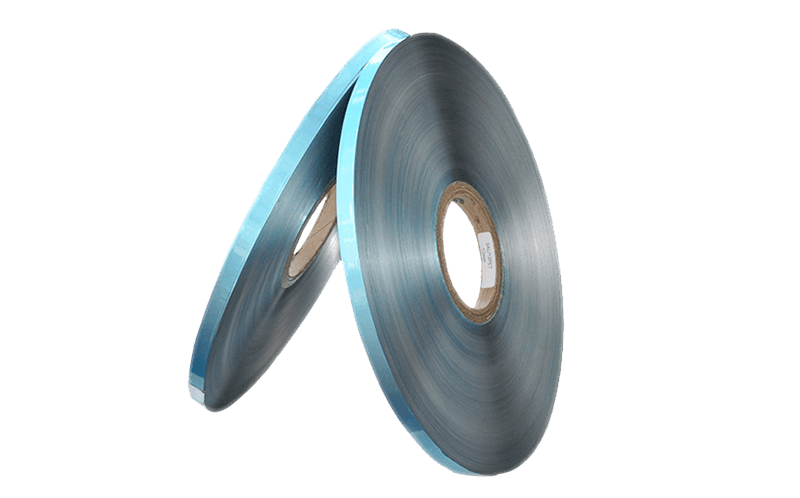Cables are an essential component of modern technology, […]
Cables are an essential component of modern technology, used to transmit electrical signals and power across a wide range of applications, from electronics to power transmission lines. However, these cables are often susceptible to electromagnetic interference (EMI) and radio frequency interference (RFI), which can cause signal loss, degradation, and other performance issues. To address these issues, cable shielding materials are used, which act as a protective layer around the cable to mitigate the impact of EMI and RFI. In this article, we will explore the importance of cable shielding materials and the different types available in the market.
Electromagnetic interference (EMI) is a common phenomenon that occurs when electromagnetic waves from one source interfere with another nearby electronic device or signal. This interference can cause signal loss, reduced performance, and even complete failure of the device or system.
Cable shielding materials are designed to protect cables from EMI and RFI by creating a barrier between the cable and the interfering signal. This shielding is typically made of conductive materials such as copper, aluminum, or nickel, which can absorb or reflect the electromagnetic waves, preventing them from interfering with the cable's signal.
There are several types of cable shielding materials available in the market, each with its own set of advantages and disadvantages. The following are some of the most commonly used shielding materials.
Braided shields consist of a woven mesh of small wires or strands of conductive materials. This type of shielding is flexible and durable, making it ideal for applications that require frequent bending and movement. It is also effective in attenuating high-frequency EMI and RFI signals.
Foil shields are made of thin sheets of conductive material, typically aluminum or copper. These sheets are wrapped around the cable in a helical pattern, providing a complete and continuous layer of shielding. Foil shields are lightweight and easy to install, making them a popular choice for consumer electronics.
Spiral shields are similar to braided shields but consist of a single strand of conductive material wrapped around the cable in a helical pattern. Spiral shields are cost-effective and easy to manufacture, making them a popular choice for large-scale applications such as power transmission lines.
Conductive polymer shields are made of a polymer matrix that is infused with conductive particles such as carbon or metal. This type of shielding is lightweight, flexible, and easy to install, making it ideal for applications that require high flexibility and mobility.




